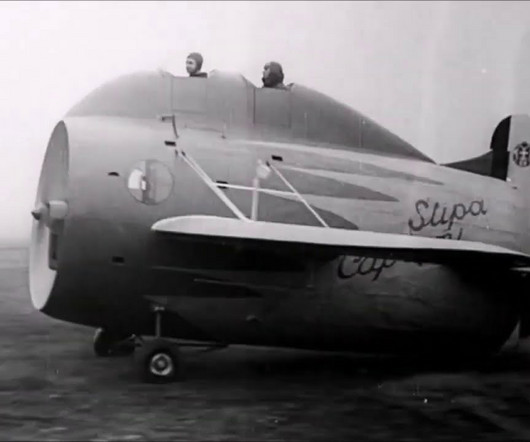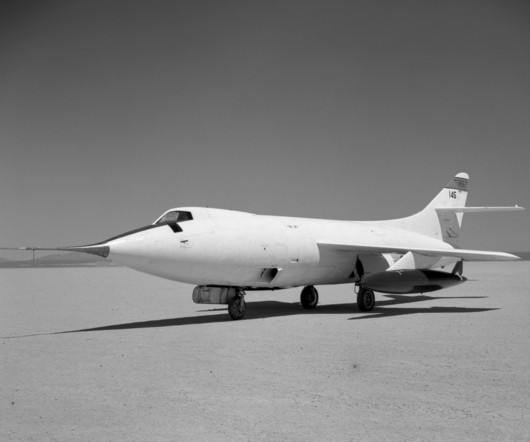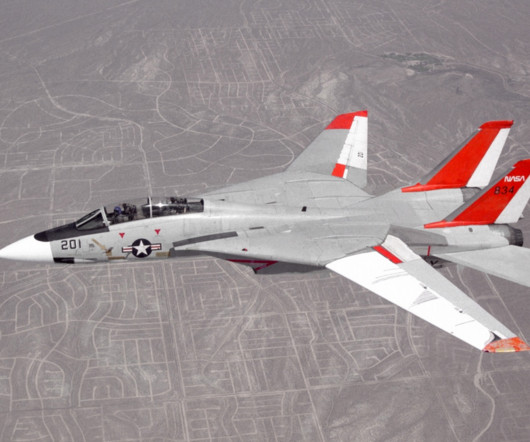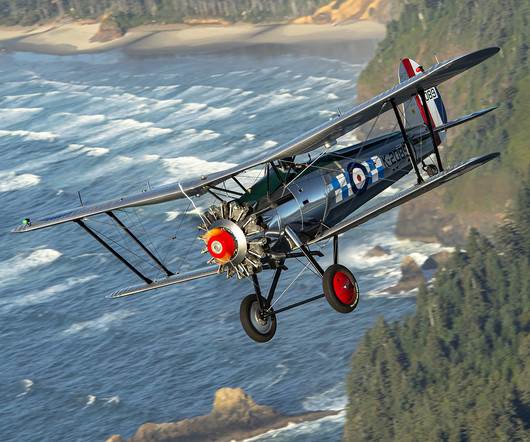Today in Aviation History: First Flight of the Stipa-Caproni
Vintage Aviation News
OCTOBER 7, 2024
Now, this might sound familiar, as this very idea that was born in Italy was an inspiration for modern-day jet propulsion. During these years, he concluded that the inner surface of the venturi tube needed an airfoil shape to achieve the greatest efficiency. The Stipa-Caproni in flight. II Editore F.













Let's personalize your content